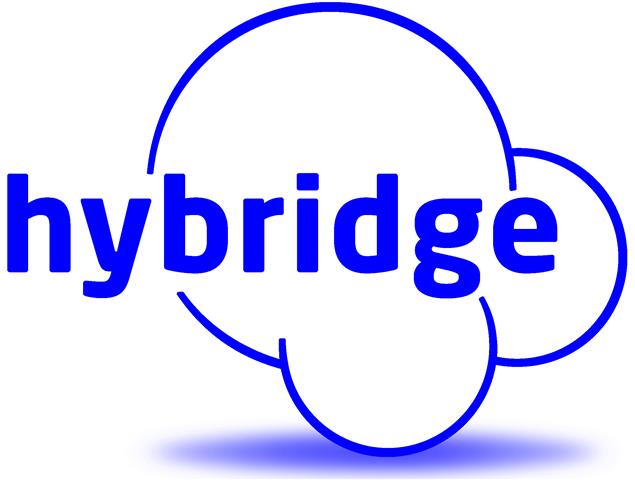Microsoft, Twitter, Facebook, and Salesforce are just a few of the major corporations to announce that many of their departments will be working from home indefinitely. Working completely from home allows companies to save on office space and in-office technology. The savings of a smaller corporate footprint can be significant and very alluring to most companies. In addition, remote work can give employees flexibility, allowing them to set a better schedule for themselves, be more productive, and be more present outside work. And not to be overlooked, the green impact on the environment can be significant, as we saw the dramatic reduction of pollution around the globe from the March to May timeframe.
So, can your company transition to a permanent WFH model? That is not an easy question. As always you need to think about process, people, and technology.
People and Process
Permanently working from home means you will need to redesign many of your business processes and to create a culture that makes allowances for the challenges presented by working apart. Working from home does not mean the same number of meetings, just that now they are over Zoom. It means people need to learn to communicate better, more completely, likely in writing, and asynchronously. It means project management and planning at a new level to make distributed work come together. And it also means trust.
One of the main barriers to “tele-commuting” as it was known in 90s, was a lack of trust that work was really being done remotely and the assumption that operating remotely was inherently inefficient. People that worked remotely were not as “committed” as the people still in the office. Evaluations, career development and staff support need to be redesigned to support and advance your remote workforce. Companies like Gitlab and Basecamp talk about weaving working from home into the fabric of their culture. It’s not just talk, it’s the way they manage their companies and to date, it has been a competitive advantage – especially when it comes to recruiting talent.
Technology
While we have talked a great deal about creating a comfortable and efficient WFH environment on previous blogs, transitioning to an all-remote company will mean investing in tools that facilitate distributed work and looking at your infrastructure to ensure that it can scale and support demands from multiple geographies, at all times, with varying demands.
Undoubtedly there are many possible benefits to implementing a WFH strategy. The last few months have hopefully given you data on what works and what doesn’t work in your environment and whether this is a feasible strategy long term for your company. At Hybridge, we have transitioned to hybrid model: while we are an essential business and the majority of our workforce is in the office, we have created a “designated survivor team”(a little tongue in cheek) as all it means is that we have portion of the team working from home, which changes on rotation, to ensure that in the case of a COVID exposure in the office, we have people capable of continuing business operations remotely should the rest of the team become sick. It has had the unintended effect of allowing those with long commutes to work easily from home, to give people a break from the office and/or from working remotely, and allowed us to redesigned some processes to better serve our clients.
Implementing WFH as a permanent solution will take another level of planning, a discussion of resources, and likely an investment of both people and money in new processes and technology. Hybridge is not just your support and help desk, it is also your technology partner and virtual CIO, ready to help evaluate your options and advise you on the technology choices that can help you implement a full, or hybrid, WFH strategy for you company. Contact us at info at Hybridge.com to schedule a meeting to discuss your IT strategy.








